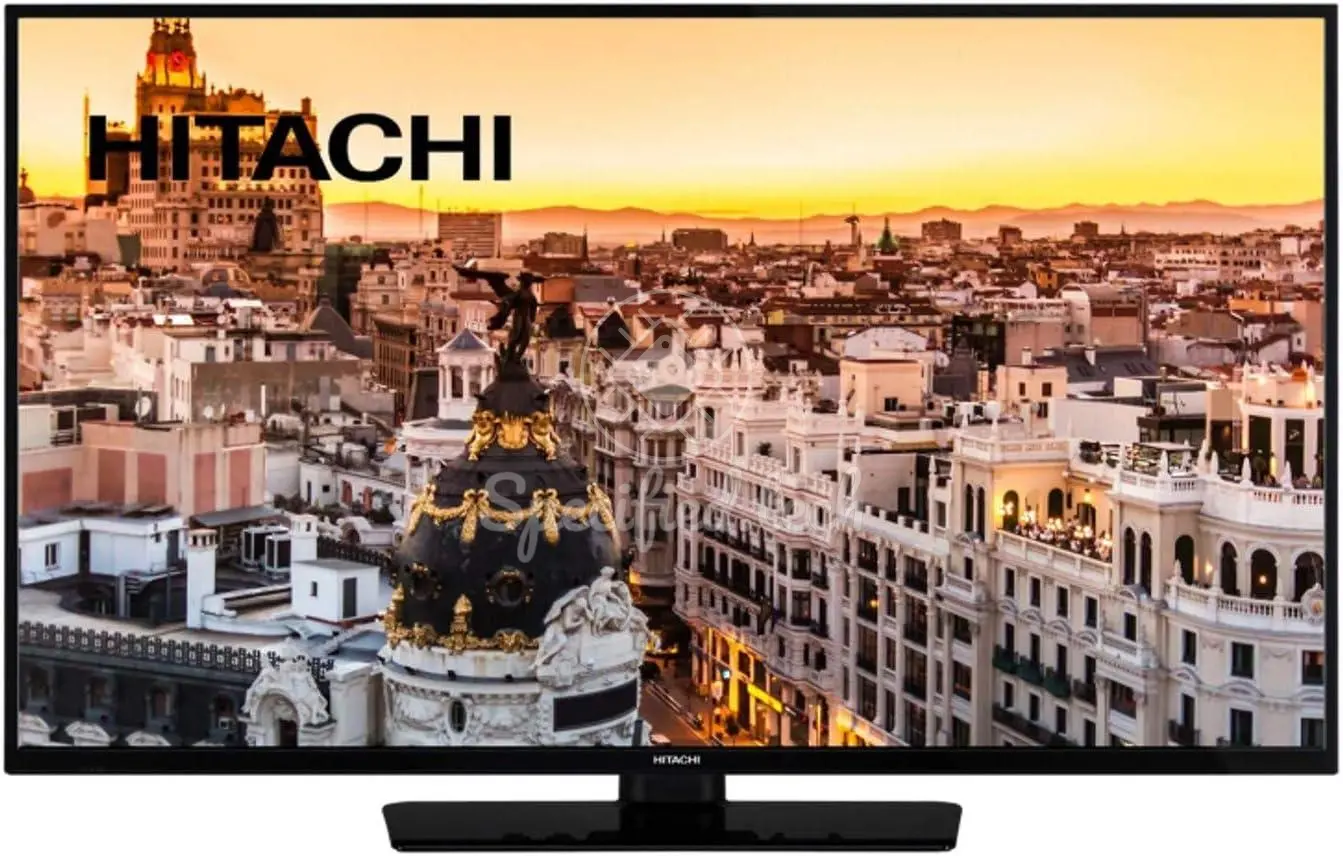Display, power consumption, dimensions, technologies used, connections, certifications, comfort functions. All these keywords can be relevant for a purchase decision, but it is often difficult to make an exact comparison. For this reason, this article will summarize as many of the specifications mentioned as possible in a comprehensible form. Let's start with the most important component of the 24HE1000 from Hitachi.
Consumption and performance data
When buying a TV, it is important to know the average power consumption in order to keep an eye on both the environmental impact and the financial costs. Conventional plasma televisions tend to consume more power than modern LED or OLED models. However, the average consumption is often between 80 and 150 watts per hour. According to the manufacturer, the model described here 24HE1000 has an average consumption of 30.4 w. In addition to active power consumption, standby consumption also plays a decisive role in the overall efficiency of a television. Many modern televisions have an energy-saving standby mode that reduces consumption to a few watts when the set is not in active use. It is advisable to choose a television with low standby consumption in order to save energy and minimize electricity costs even when it is not in use. The consumption in standby mode was specified by Hitachi as 0.5 w.
Environment
The maximum height at which the TV may be operated, according to the manufacturer's specifications, is 3.658 km. According to the manufacturer, the TV may be stored at a maximum height of 12.192 km. For temperature, the maximum permissible ambient temperature is 40 °C. Again, below a temperature of 0 °C , the TV from Hitachi should not be used. The maximum storage temperature should be according to Hitachi 60 °C. Minimal were given by Hitachi -20 °C. The humidity must not exceed 80 percent. At least, however, 20 percent humidity.
Additional information
Depth of the packaging
24.2 cm
Height of the packaging
45.4 cm
Weight of the packaging
9.82 kg
Width of the packaging
69.9 cm
Depth (with stand)
22.2 cm
Depth (without stand)
3.2 cm
display.aspect.ratio.height
1
display.aspect.ratio.width
1.778
Display to body ratio
93.1 percent
Coating (Display)
Anti-glare/Matte (3H)
Diagonal (Display)
68.5 cm
Displaysize (in)
24 inches
Backlight technique
W-LED
Display Bit-Depth
10 bits
Average brightness of the screen
400 nt
Static contrast ratio
1200 : 1
Horizontal viewing angle
178 °
Vertical viewing angle
178 °
Vertical display refresh rate (max)
50 hz
Vertical display refresh rate (min)
50 hz
Resolution (Height)
1080 px
Resolution (Width)
1920 px
Average response time
14 ms
Minimum response time
5 ms
Height (with stand)
37.6 cm
Height (without stand)
34.6 cm
Dynamic contrast ratio
20000000 : 1
Number of 3.5mm audio output jacks
1
power.consumption.eco
15.5 w
Power Consumption (Peak)
45 w
Power Consumption (Off)
0.3 w
This devices supports to be plugged in an 110v outlet?
Maximum supported socket frequency
60 hz
Minimum supported socket frequency
50 hz
Weight of the whole product
8.26 kg
Weight (without stand)
4.82 kg
Width (with stand)
59.2 cm
Width (without stand)
59.2 cm
Panel features frame rate control?
Has at least one 3.5mm audio output jack?
Is the stand height adjustable?


